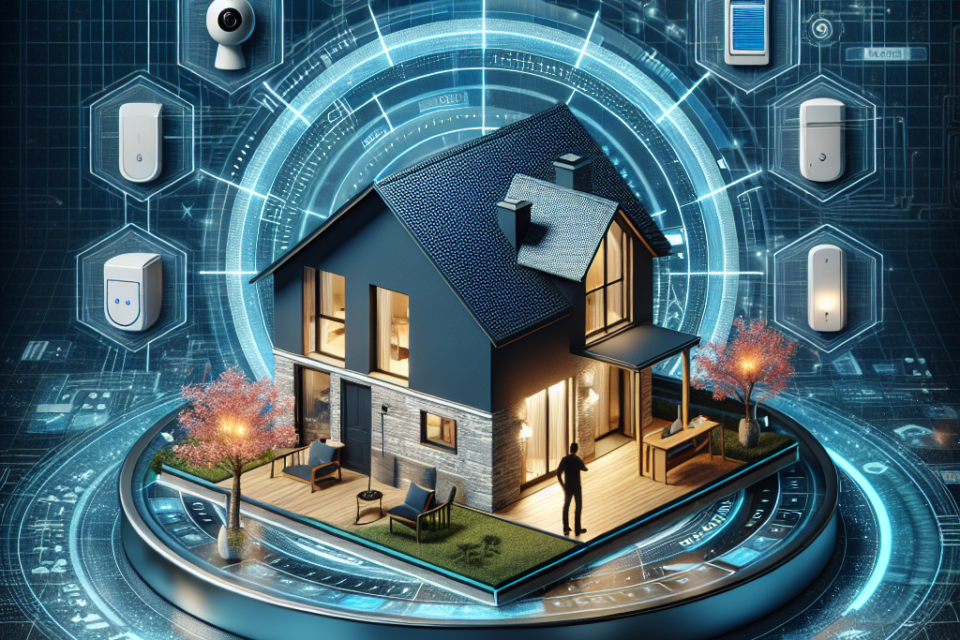Best Practices for Securing Your Smart Home Devices

Understanding the Risks
Smart home devices have revolutionized modern living, offering convenience, efficiency, and advanced functionality. However, these devices can become targets for malicious attacks if not properly secured. Understanding the potential risks is the first step in safeguarding your smart home ecosystem.
Change Default Passwords
One of the simplest yet most effective security measures is changing the default passwords on all your smart home devices. Default passwords are often weak and publicly known, making them vulnerable to attacks. Create strong, unique passwords that include a mix of letters, numbers, and special characters.
Enable Two-Factor Authentication (2FA)
Wherever possible, enable two-factor authentication (2FA) on your smart home devices. 2FA requires you to provide two forms of verification before accessing your devices, adding an extra layer of security. This could be a combination of something you know (password) and something you have (a mobile device).
Update Firmware Regularly
Manufacturers release firmware updates to patch security vulnerabilities and improve device functionality. Make it a habit to check for and install updates regularly. Enable automatic updates if the option is available to ensure your devices are always up-to-date.
Secure Your Wi-Fi Network
Your Wi-Fi network is the backbone of your smart home system. Ensure it is secured by changing the default SSID (network name) and setting a strong, unique password. Enable WPA3 encryption if your router supports it, as it provides the highest level of security currently available.
Use a Separate Network for Smart Devices
Consider setting up a separate Wi-Fi network specifically for your smart home devices. This segmentation isolates your devices from your main network, minimizing the impact of a potential breach. Most modern routers offer a “guest network” feature that can be repurposed for this use.
Disable Unused Features
Many smart home devices come with additional features and services, some of which you may not use. Disable any unnecessary features to reduce the device’s attack surface. For instance, if you do not use voice control, turn it off.
Monitor Device Activity
Regularly monitor the activity logs of your smart home devices to detect any unusual behavior or unauthorized access attempts. Many smart home platforms provide dashboards and alerts to help you stay informed about the security status of your devices.
Use Strong Encryption
Ensure that your smart home devices use strong encryption for data transmission. Strong encryption protects the data exchanged between your devices and the cloud or other devices, making it harder for attackers to intercept and decode the information.
Educate Yourself and Household Members
Awareness and education are crucial components of smart home security. Educate yourself and your household members about the potential risks and best practices for using smart home devices securely. Staying informed about the latest threats and security measures can go a long way in preventing security breaches.
Consider Professional Monitoring
If you have a comprehensive smart home system, consider subscribing to a professional monitoring service. These services can provide real-time alerts, automatic updates, and expert support to help you maintain the security of your smart home devices.
Conduct Regular Security Audits
Periodically review the security settings and configurations of your smart home devices. Conducting regular security audits helps ensure that your devices remain secure over time and that any new vulnerabilities are promptly addressed.
Conclusion
Securing your smart home devices is essential for protecting your privacy and preventing unauthorized access. By following these best practices, you can significantly enhance the security of your smart home ecosystem and enjoy the benefits of smart living with peace of mind.
